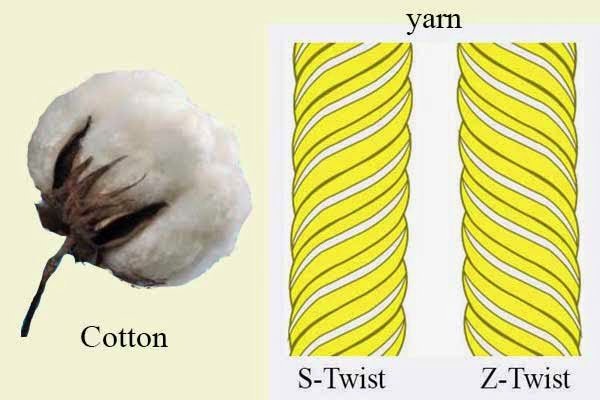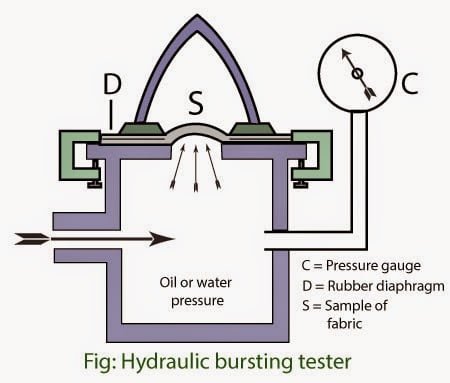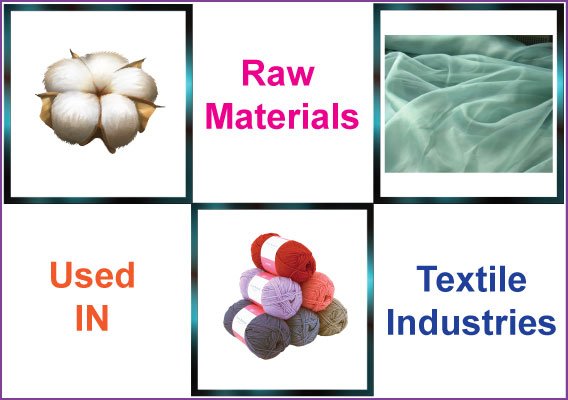Cotton Fibre and Yarn Quality Co-Relation
Last updated on August 29th, 2023 at 11:18 pm
Instead of buying any cotton available at the lowest price, spin it to produce yarn if highest count possible and selling yarn at any market at random. It is advisable to locate a good market where yarn can be sold at the highest price and fine cotton, which has characteristics to spin the yarn of desired specifications for that market.

Essential aspects of cotton quality and attributes of yarn quality are given from detailed experimental investigations. Some of the vital conclusions which help to find a co-relation between yarn quality and cotton quality are given below:
Staple length: If fibre size is more extended, it can be spun into finer counts of yarn, which can fetch higher prices. It also gives stronger yarn.
Strength: Stronger fibres give stronger yarns. Further, processing speeds can be higher so that higher productivity can be achieved with less end-breakage.
Fibre fineness: Fine fibres produce a finer count of yarn, and it also helps to make stronger yarns.
Fibre maturity: Mature fibres give better evenness to yarn. There will be end breakages. Better dye absorbency is an additional benefit.
Uniformity ratio: If the percentage is higher, yarn will be more even, and there will be less end-breakage.
Elongation: A better value of stretching will help reduce end-breakages in spinning and hence higher productivity with low wastage of raw material.
Non-lint content: Low percentage of trash will reduce the process waste in blow room and cards. There will be fewer chances of yarn defects.
Sugar content: Higher sugar content will create stickiness of fibre and create the processing problem of licking machines.
Moisture content: If the moisture content is more than the standard value of 8.5%, there will be a more invisible loss. If moisture is less than 8.5%, then there will be a tendency for fibre brittleness, resulting in frequent yarn breakages.
Feel: If the cotton feel is smooth, it will produce more smooth yarn, making more delicate fabric.
Class: Cotton having a better grade will produce less process waste, and yarn will have a better appearance.
Yellowness: When the value of yellowness increases, the grade becomes lower and lower qualities produce weaker and inferior yarns.
Given below are analyses of yarn properties which directly attribute to cotton quality –
Yarn count: Finer count of yarn can be produced by more extended, more delicate and more muscular fibres.
CV% of count: Higher fibre uniformity and lower short fibre percentage will help keep CV% at the lowest.
Tensile strength: This is directly related to fibre strength. The longer length of fibre will also help to produce stronger yarns.
Elongation: Yarn elongation will be beneficial for weaving efficiency. Fibre with better elongation has a positive co-relation with yarn elongation.
CV% of elongation: CV% of yarn elongation can be low when CV% of fibre elongation is also low.
Hairiness: It is due to faster processing speeds and a high level of very short fibres.
Dyeing quality: It depends on the evenness of yarn and the marketing of cotton fibres.
Brightness: Yarn will give a brighter appearance if the cotton grade is higher.
You may also like – Kitchen Towel: Used Raw materials and Types




Thanks for your important article…